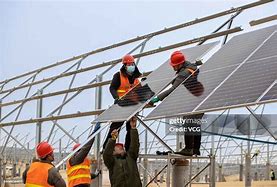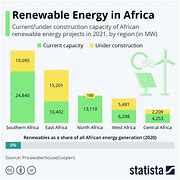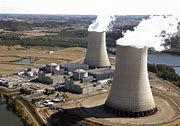The sun beat down on the bustling streets of Lagos as the hum of generators filled the air, a familiar soundtrack to everyday life in Nigeria. The electricity sector in this vibrant West African nation has long been plagued by challenges, from grid instability to financial inefficiencies. But amidst these hurdles, there are glimmers of progress and hope for a brighter future.
**Struggles in the Electricity Sector**
As the Nigerian Electricity Regulatory Commission (NERC) released its Fourth Quarter (Q4) 2024 report, it painted a picture of an industry grappling with both setbacks and small victories. While there was an uptick in generation capacity and metering efforts, issues like system reliability and revenue collection gaps continued to loom large.
One of the key highlights was the increase in available generation capacity across Nigeria’s 28 grid-connected power plants. In Q4 2024, these plants saw a significant rise, driven by improvements in several key facilities. However, despite this growth, total electricity generation actually dipped by 1.70%. The blame was pinned on reduced energy off-take by distribution companies (DisCos) and industrial consumers—an all too familiar tale in Nigeria’s power landscape.
**Metering Woes**
Metering—long a sore point for consumers—showed sluggish progress during this period. While there was a marginal uptick in the number of meters installed, many users still found themselves at the mercy of estimated billing practices. The Meter Asset Provider (MAP) framework played a crucial role in deploying new meters, but gaps remained as a sizable portion of consumers awaited accurate metering solutions.
The NERC’s move to enforce monthly energy caps aimed to address over-billing concerns that had plagued customers for years. Despite these interventions, unmetered consumers continued to bear the brunt of erratic billing practices—an issue that needed urgent redressal.
**Financial Gains Amid Losses**
On the financial front, DisCos showed improved billing efficiency and revenue collection rates compared to previous quarters. These positive strides were tempered by Aggregate Technical Commercial and Collection (ATC&C) losses hovering at 35.22%, contributing to substantial revenue shortfalls within the sector.
International customers owed millions for electricity supplied during Q4—a testament to cross-border energy dynamics that added another layer of complexity to Nigeria’s power ecosystem.
**Navigating System Collapses**
System collapses emerged as another pain point during this period according to NERC data revealed multiple instances where deviations from prescribed voltage and frequency limits led to partial or total shutdowns—a stark reminder of the fragility inherent in power infrastructure when pushed beyond its limits.
Despite achieving peak generation milestones—and even setting records—the specter of chronic outages continued to haunt manufacturers and businesses across Nigeria who opted out of national grid reliance due to unremitting power disruptions.
**Expert Insights**
In conversations with industry experts like Sadiq Mohammed, COO of Kaduna Electric, insights emerged about navigating privatized energy markets amidst challenges while emphasizing investments as pivotal for driving sector reforms essential for sustainable growth.
As CEOs grapple with grid collapses and tariff concerns looming large on their agendas—industry voices advocate for proactive measures aiming at bolstering grid monitoring systems—all viewed through lenses focused on charting a resilient path forward amid adversity.
Amidst these narratives lies both hope and caution—a delicate balance between acknowledging achievements while confronting persistent challenges head-on—as Nigeria’s electricity sector continues its journey towards stability and sustainable growth.









Leave feedback about this